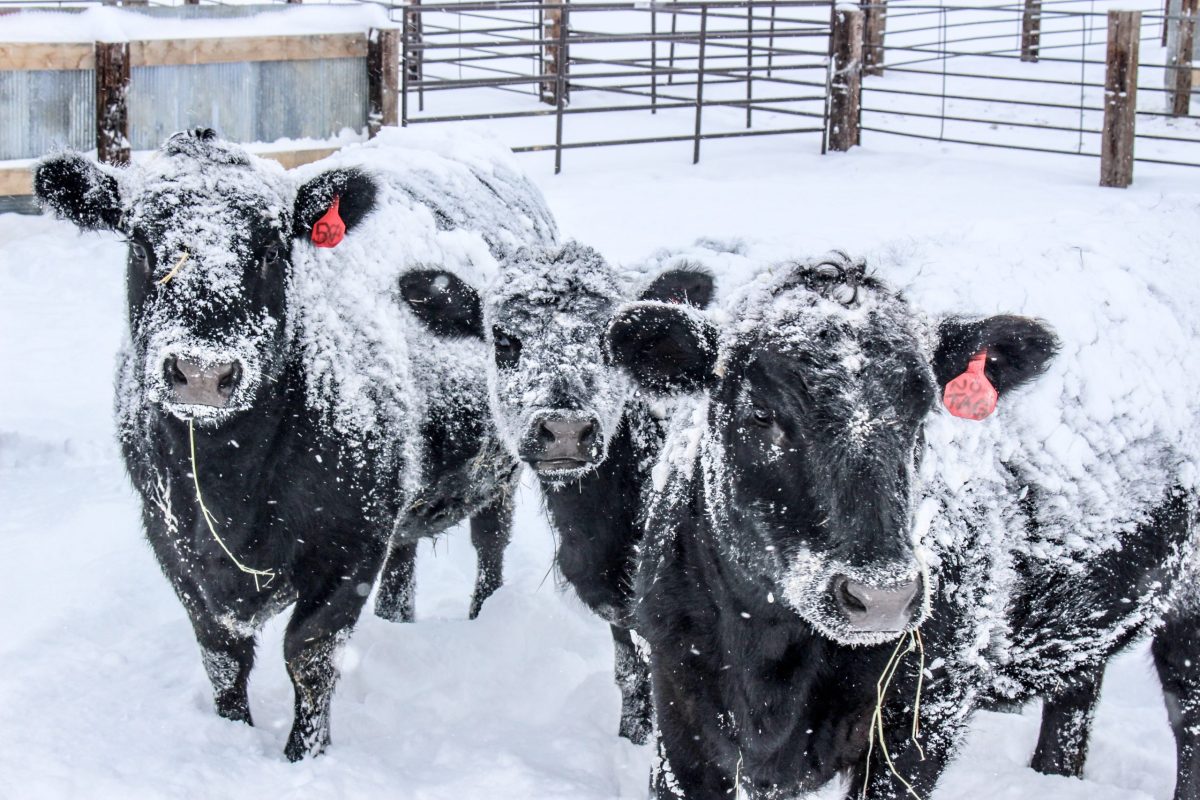Economic churn across Canada from the global COVID-19 pandemic didn’t faze the country’s real estate market — nor its farmland market in particular — in 2020, according to the latest review from the federal farm lending agency.
Farm Credit Canada on Monday released its 2020 Farmland Values report, showing an average increase of 5.4 per cent in farmland values across Canada over 2020, up from an average increase of 5.2 per cent during 2019.
The increase comes despite a “noticeable decrease” in the number of sales in the first six months of 2020, largely in April and May — but the year-end count of farmland sales came in comparable to those in the past few years, FCC said.
Read Also

U.S. livestock: CME cattle futures rise on expectations of tight supplies
Chicago | Reuters – Chicago Mercantile Exchange cattle futures climbed on Wednesday as market players anticipated tighter cattle supplies in…
Commodity prices increased “considerably” in the last half of 2020 for many crops, and interest rates have slipped to “historic” lows, FCC said.
Domestic demand for food remained strong and global supply chains continued to have an appetite for Canadian food and commodity exports, FCC chief economist J.P. Gervais said in a release.
“Since land is the most valuable asset on any farm operation, the agriculture land market is a good barometer for measuring the strength of Canadian agriculture,” he said. “Despite having gone through a uniquely volatile year, farm income generally improved and the overall demand for farmland remained strong throughout 2020.”
At the provincial level, the highest average increases for Canadian farmland in 2020 were in British Columbia and Quebec, with averages of eight and 7.3 per cent, respectively, followed by Alberta at six per cent and Saskatchewan at the national-average level of 5.4 per cent.
Ontario and Manitoba both reported increases lower than the national average at 4.7 and 3.6 per cent, respectively. Further east, Prince Edward Island, Nova Scotia and New Brunswick booked average increases of 2.3, 1.6 and 1.3 per cent in 2020, following significant jumps in New Brunswick and P.E.I. during 2019.
On the Prairies, FCC said, the farmland market was mainly influenced by “tenants purchasing land from landlords, neighbour-to-neighbour sales, producers buying or selling land to gain operational efficiencies and family farm purchases to support succession plans.”
The Atlantic region, meanwhile, went through its worst drought in decades during the critical growing season in 2020, dragging on its cash crop values and supplies of hay and forage.
The pandemic, Gervais said, highlights the value of a strong risk management plan that accounts for possible economic changes and flexibility in budgets if commodity prices, yields and/or interest rates shift.
Farmers, he said, “also need to exercise caution, especially in regions where the growth rate of farmland values exceeded that of farm income in recent years.”
Table: Average increases (%) in farmland value in 2020, with increases in 2019 for comparison. Source: Farm Credit Canada.
| 2020. . | 2019 | |
| Canada | 5.4 | 5.2 |
| B.C. | 8.0 | 5.4 |
| Alberta | 6.0 | 3.3 |
| Sask. | 5.4 | 6.2 |
| Manitoba. . | 3.6 | 4.0 |
| Ontario | 4.7 | 6.7 |
| Quebec | 7.3 | 6.4 |
| N.B. | 1.3 | 17.2 |
| N.S. | 1.6 | 1.2 |
| P.E.I. | 2.3 | 22.6 |
By province
British Columbia in 2020 booked its largest average increase since 2016, most significantly in the Kootenay region (up 28.1 per cent), as buyers from outside the region were “drawn to what they considered affordable land and the opportunity to escape the more populated areas.”
Improved growing and harvest conditions in Alberta in 2020 “made this year much better than the past few” in that province, FCC said. The province’s central region saw the highest average increase in values within the province, at 9.6 per cent, on “better-than-average growing conditions, a healthy supply management sector and robust grain shipments.”
Saskatchewan in 2020 saw no delays in harvest and “generally average” yields throughout the province, helping improve farm incomes and farmland demand for farmland, particularly in its west-central and northeastern regions at 9.1 and nine per cent respectively on “strong demand for good-quality land in pockets of these regions.”
Buyers in Manitoba “continued to be mainly existing producers expanding their operations, next-generation producers entering the market and landlords selling to tenants,” FCC said, noting the highest average increase within the province, at 11.6 per cent, showed up in the Interlake region between Lake Winnipeg and Lake Manitoba.
Farmland values in Ontario “varied from stable to increasing” due to high demand and limited supply in many areas, FCC said. Demand came from “large, intensive, supply-managed” operations, cash-crop producers and part-time farmers alike, particularly in the province’s central-east and midwestern regions, where values were up 8.9 per cent on average.
Farmland buyers in Quebec in 2020 were “motivated to expand their operations, mostly in cash crop and supply-managed sectors,” FCC said, with major average increases in the Estrie (32.4 per cent), Saguenay-Lac-Saint-Jean (19.5 per cent) and Bas-Saint-Laurent-Gaspesie (18.1 per cent) regions. Those areas, FCC said, were known for having either lower values in the province or minimal market activity lately.
New Brunswick saw a limited number of farmland sales, due in part to “the worst drought in decades during the critical growing months of July and August,” FCC said. Nova Scotia also saw “challenging growing conditions that led to stress in crops that were not irrigated.”
Prince Edward Island’s biggest average increase in 2020 was in the Kings region in the province’s east, FCC said. Newfoundland and Labrador, for the fifth year in a row, booked an “insufficient number of publicly reported transactions” to get a good read on farmland values. — Glacier FarmMedia Network
















